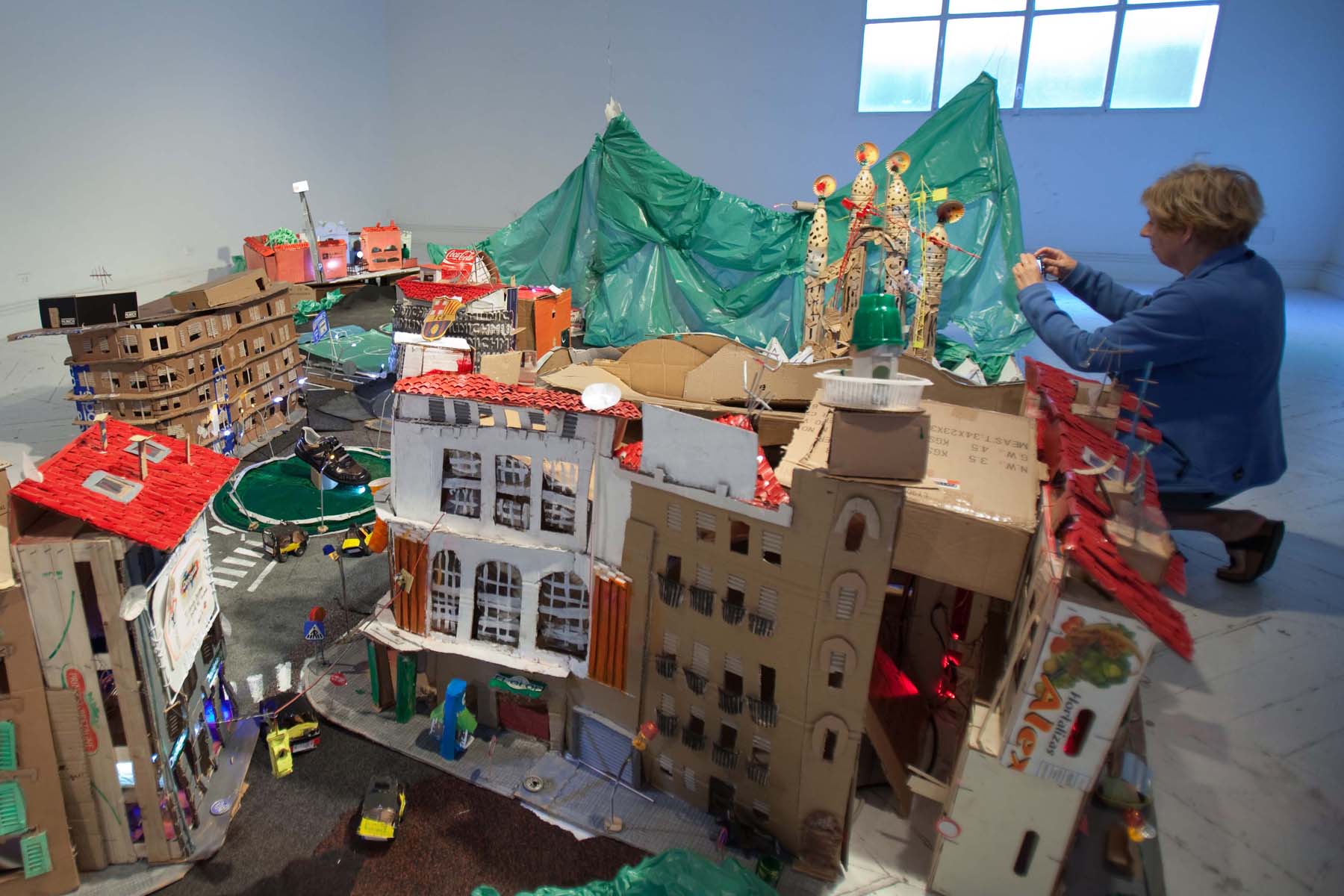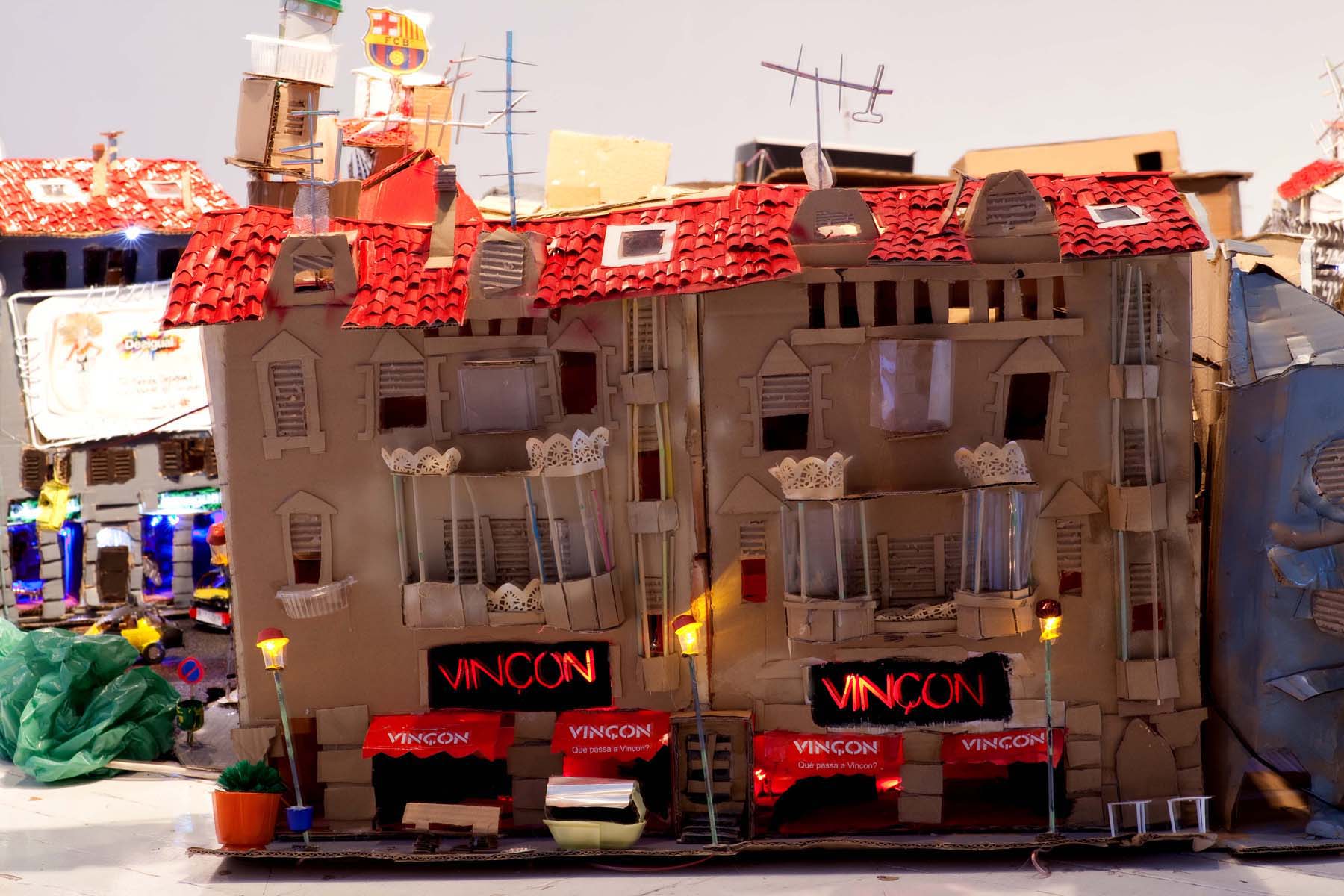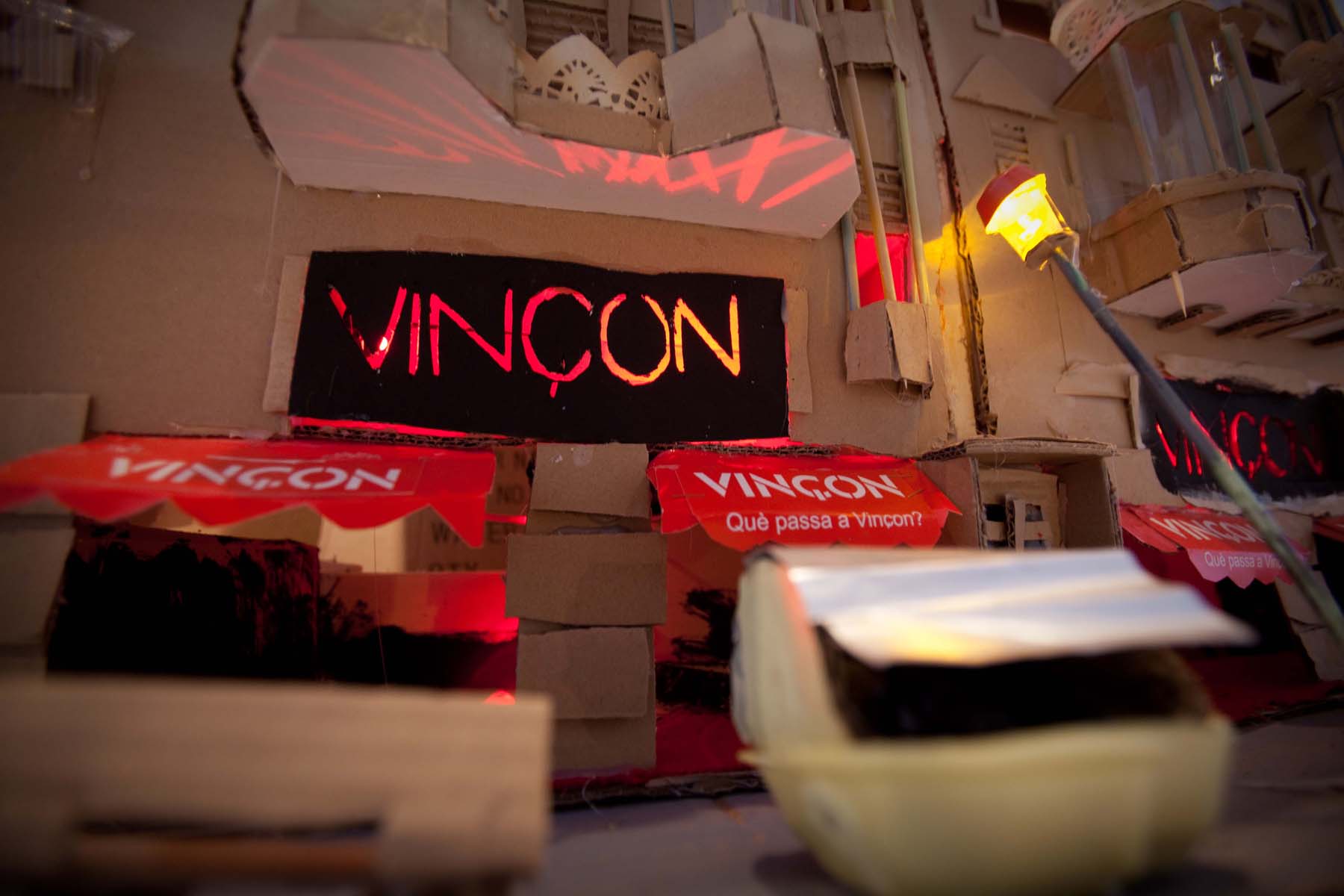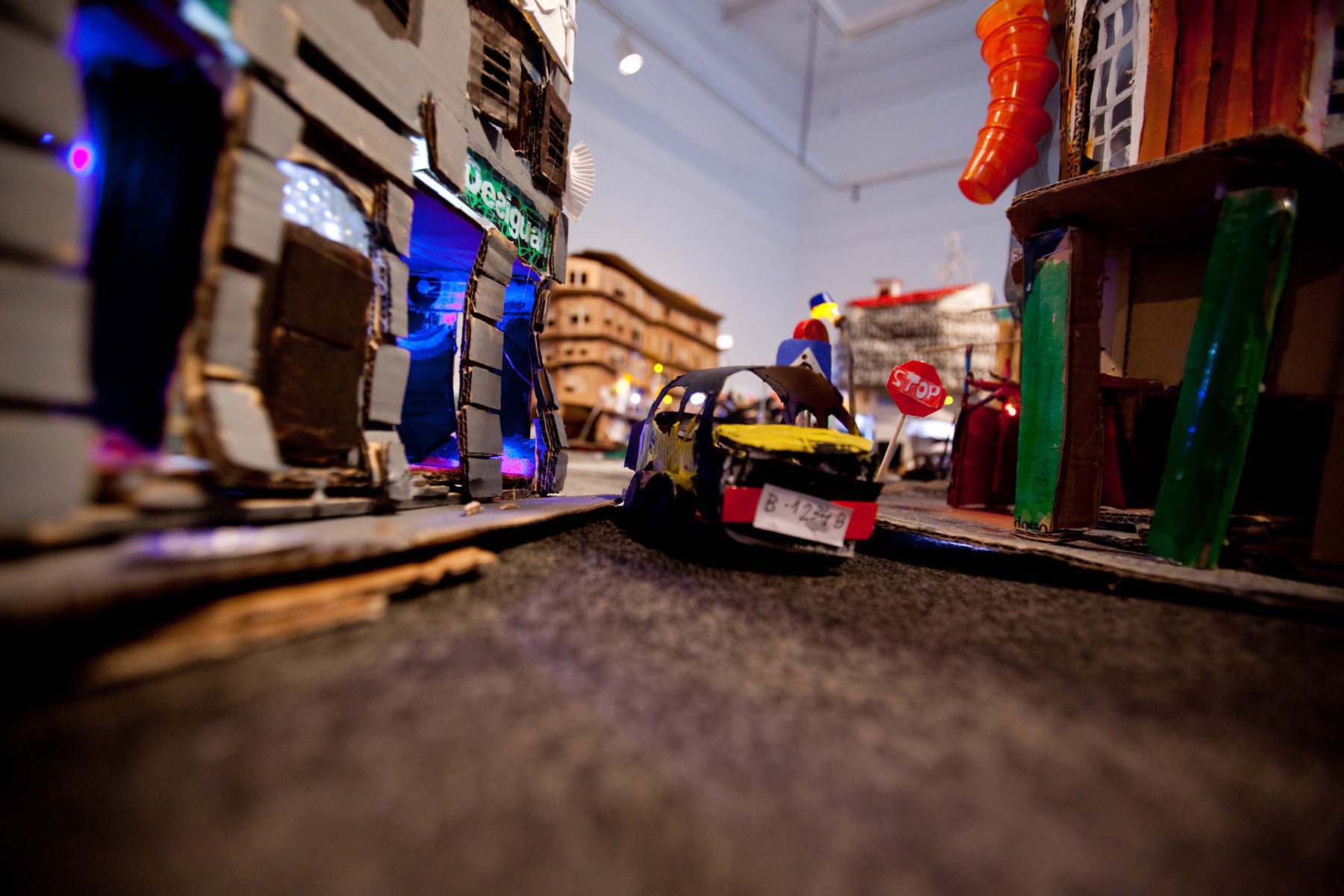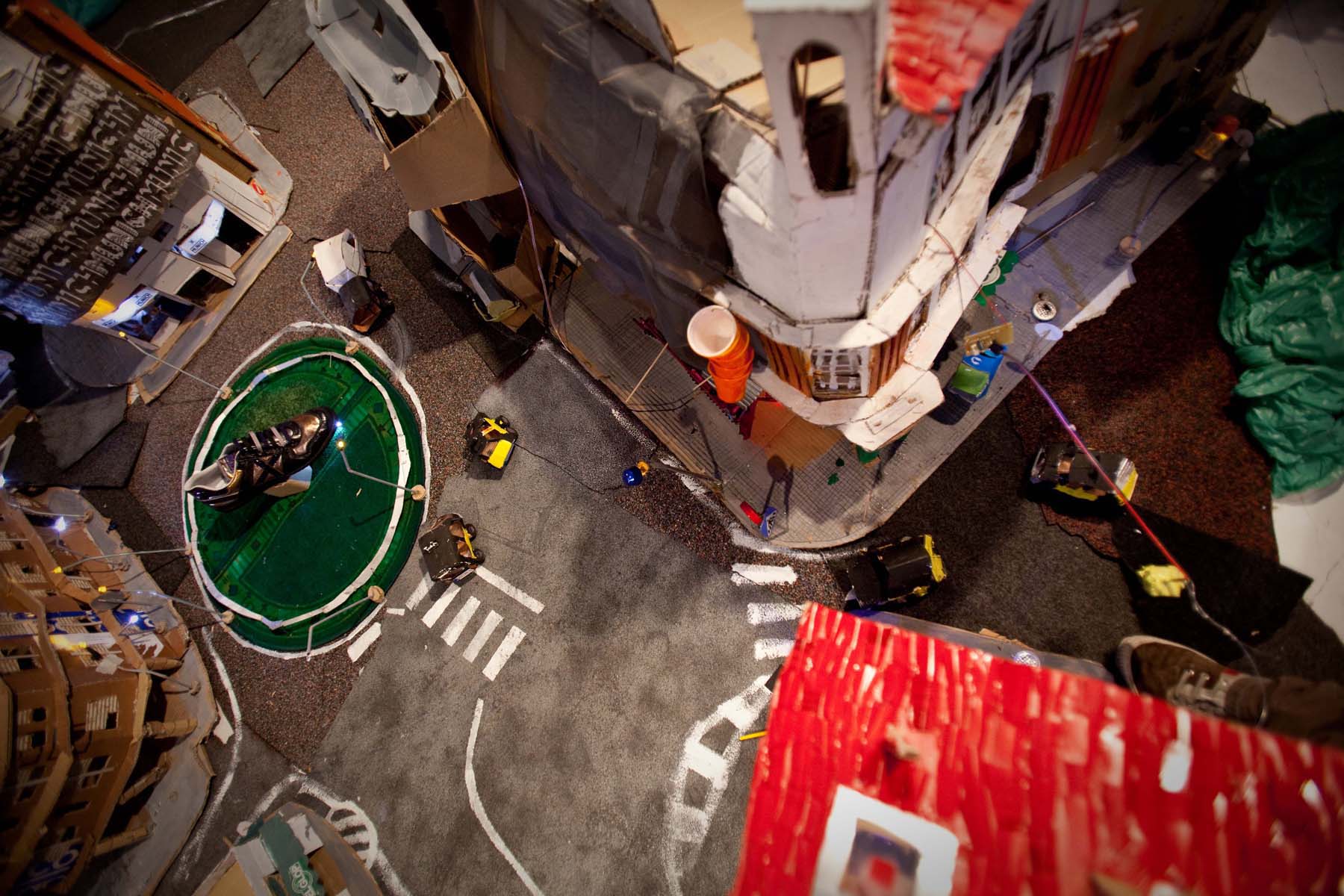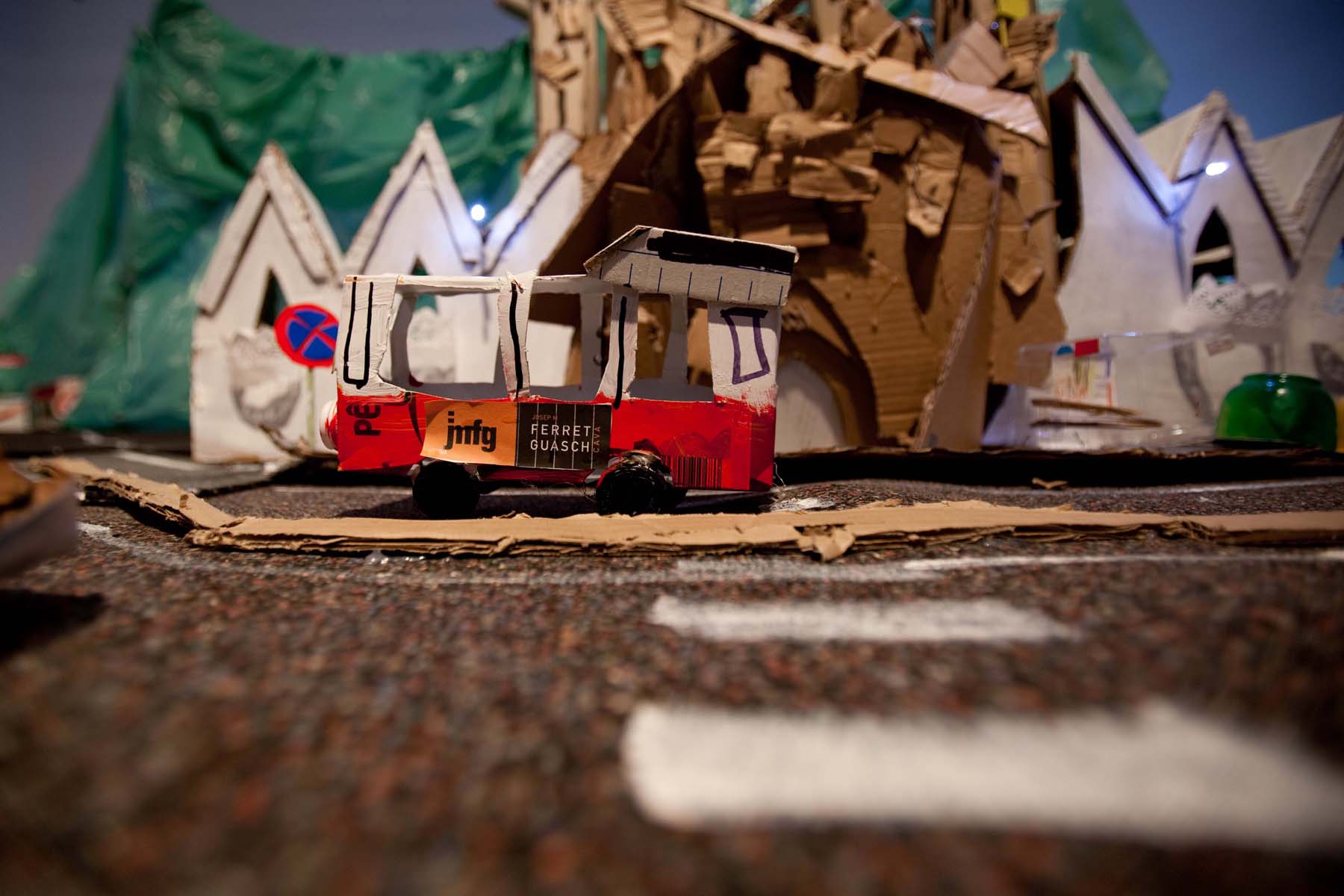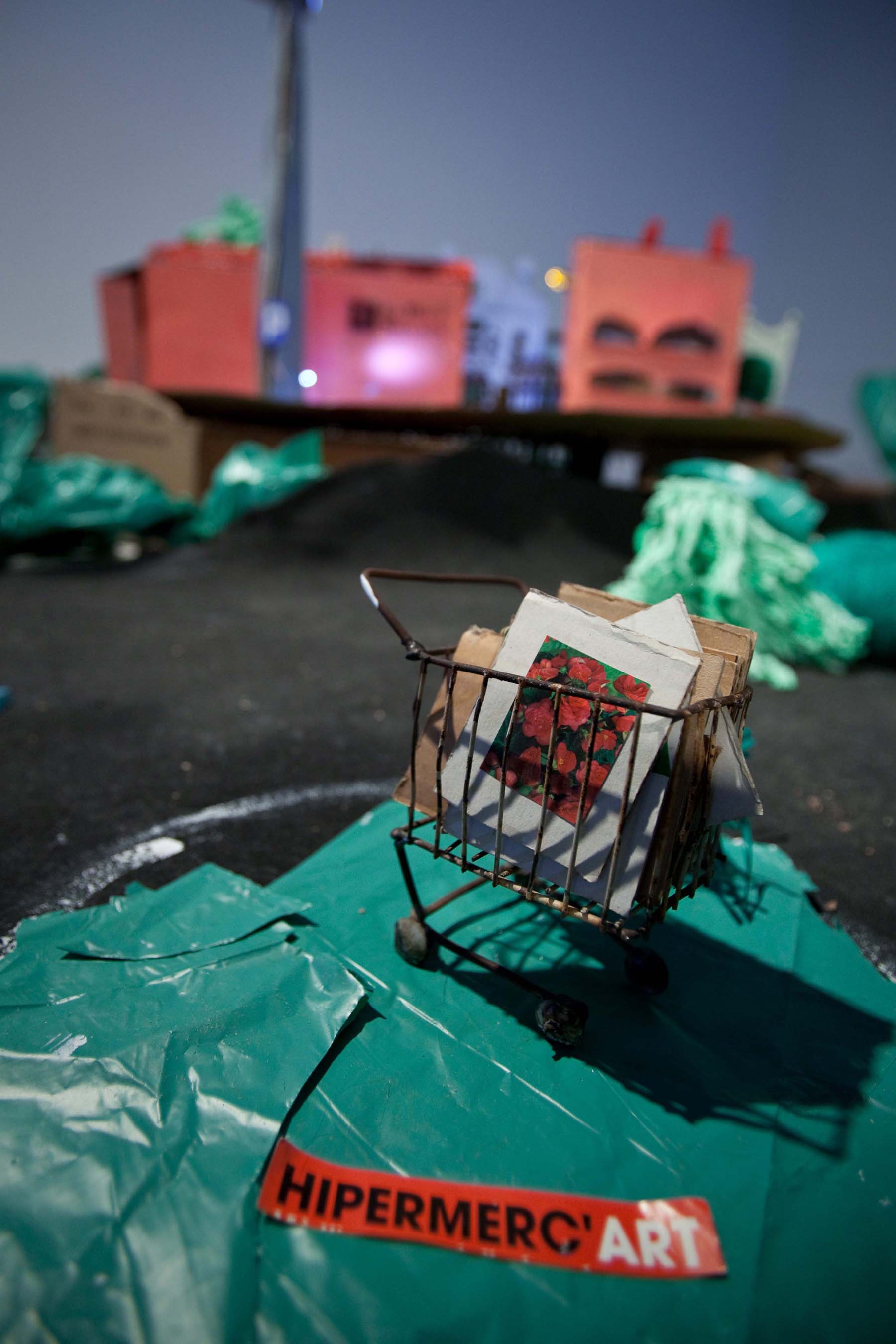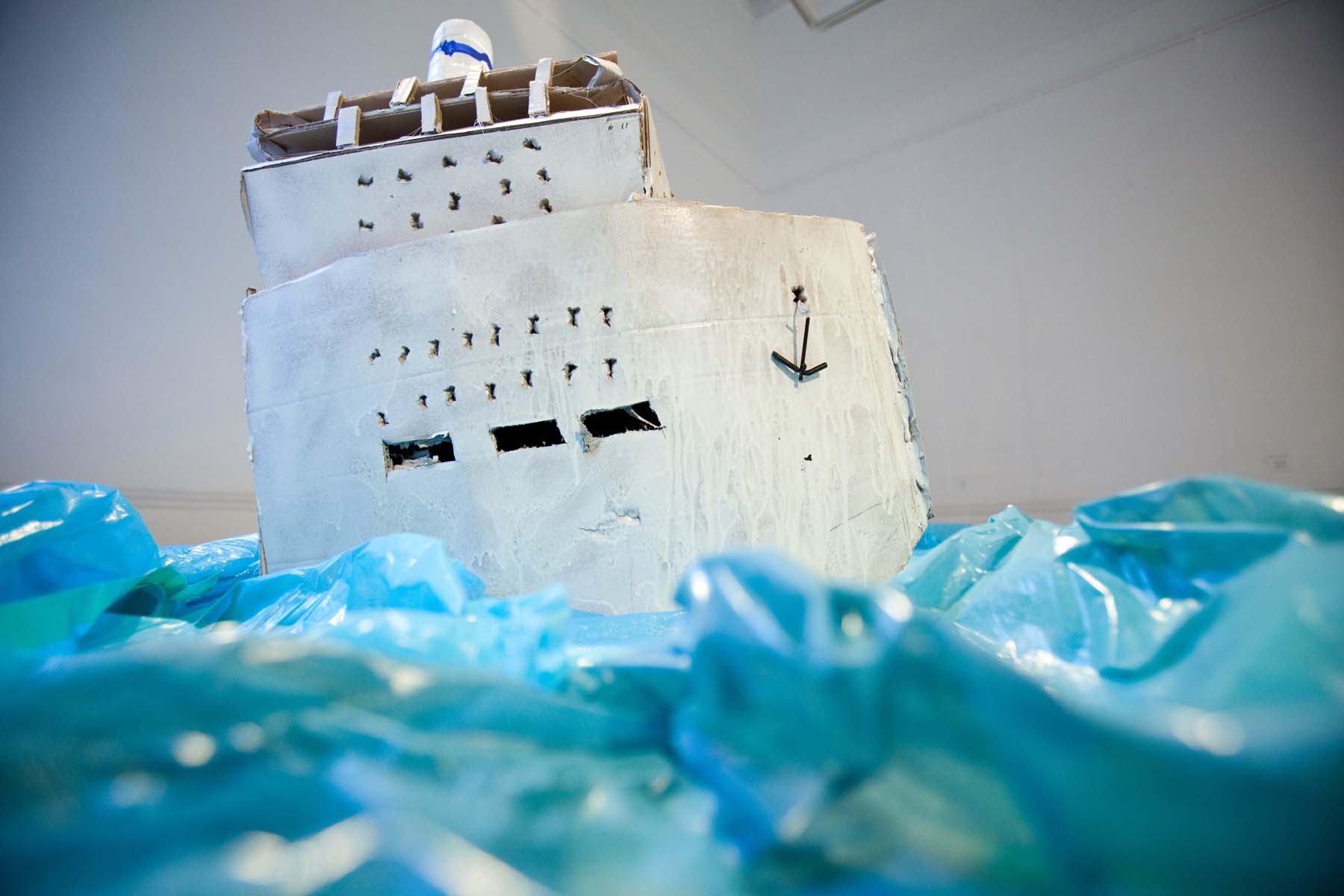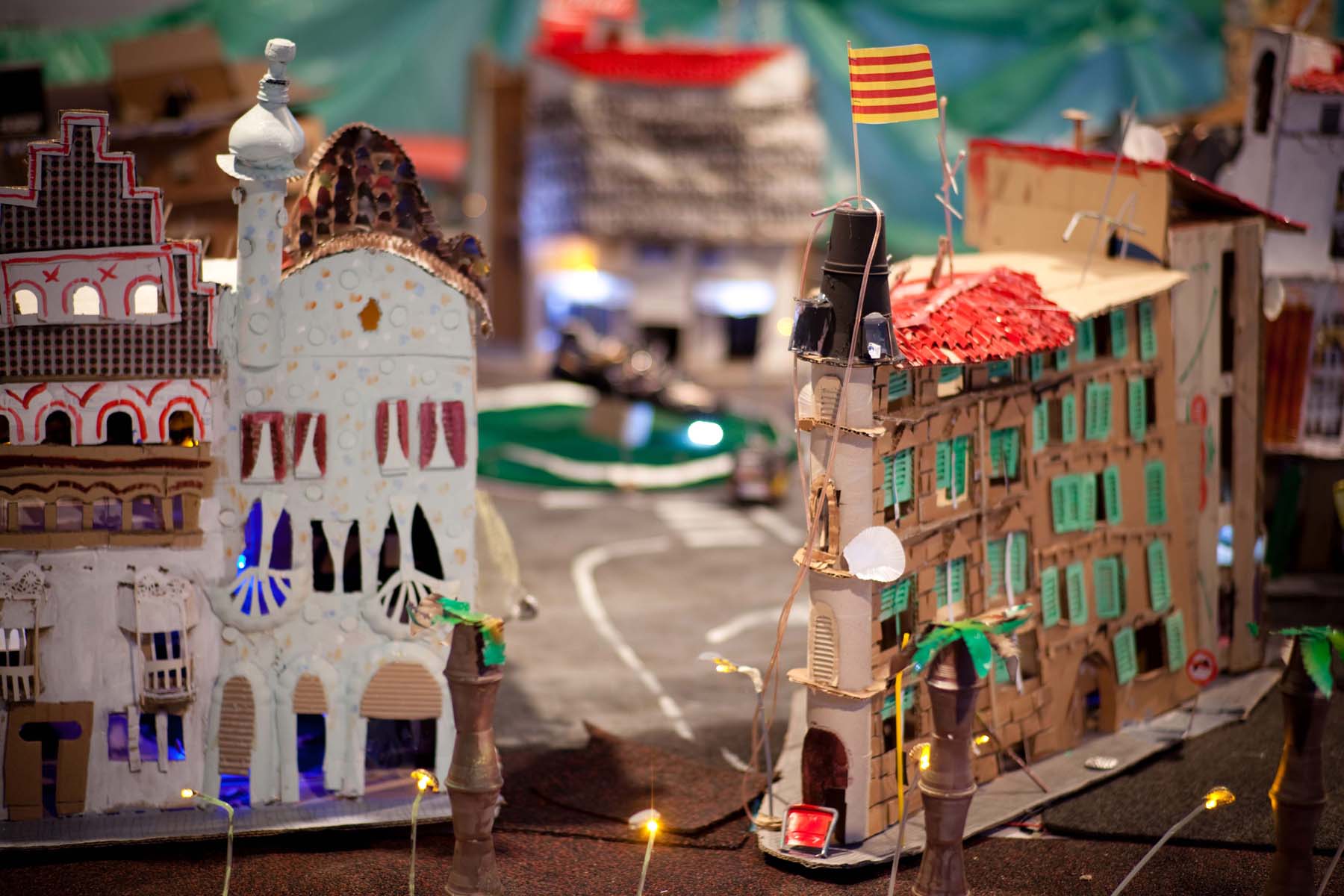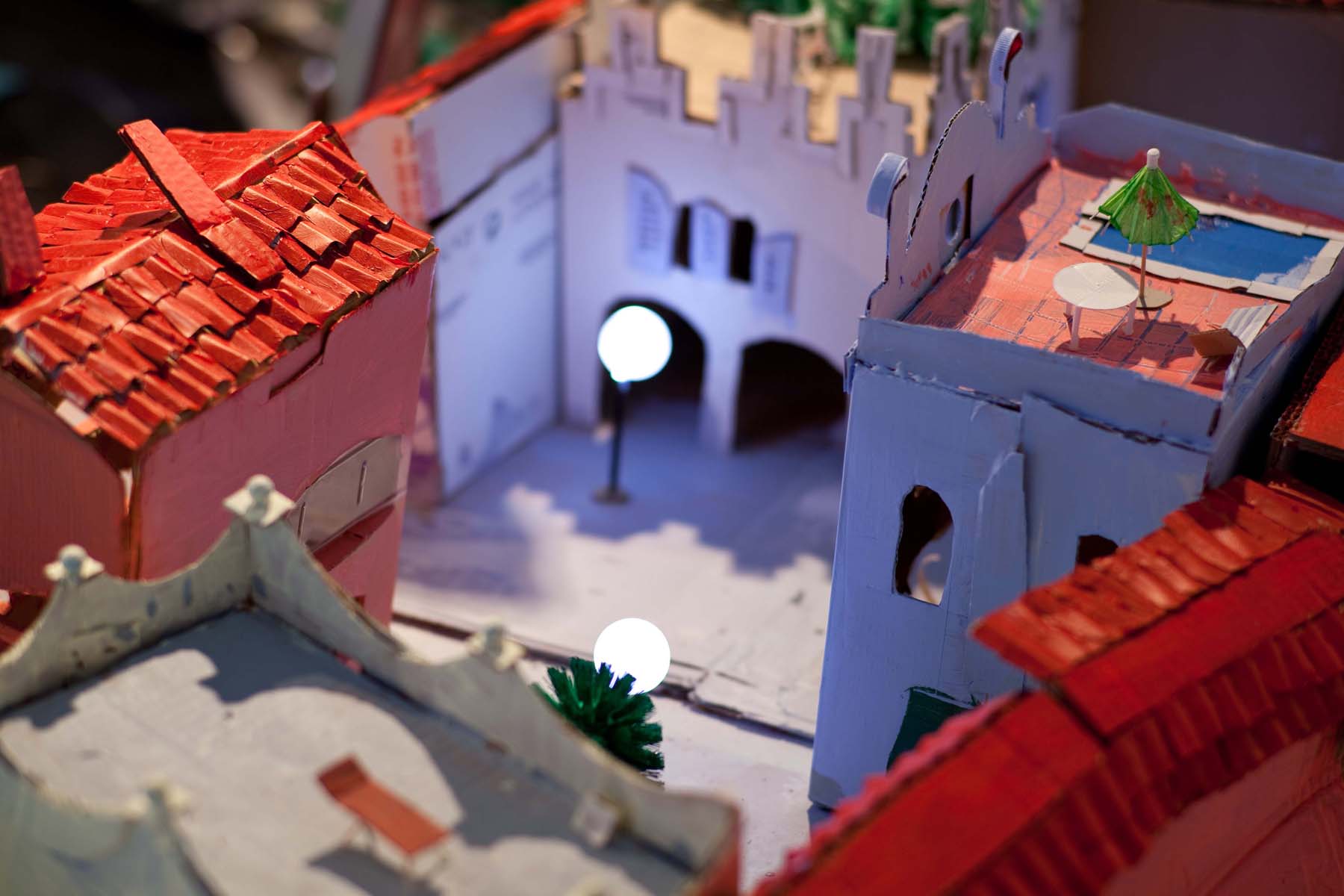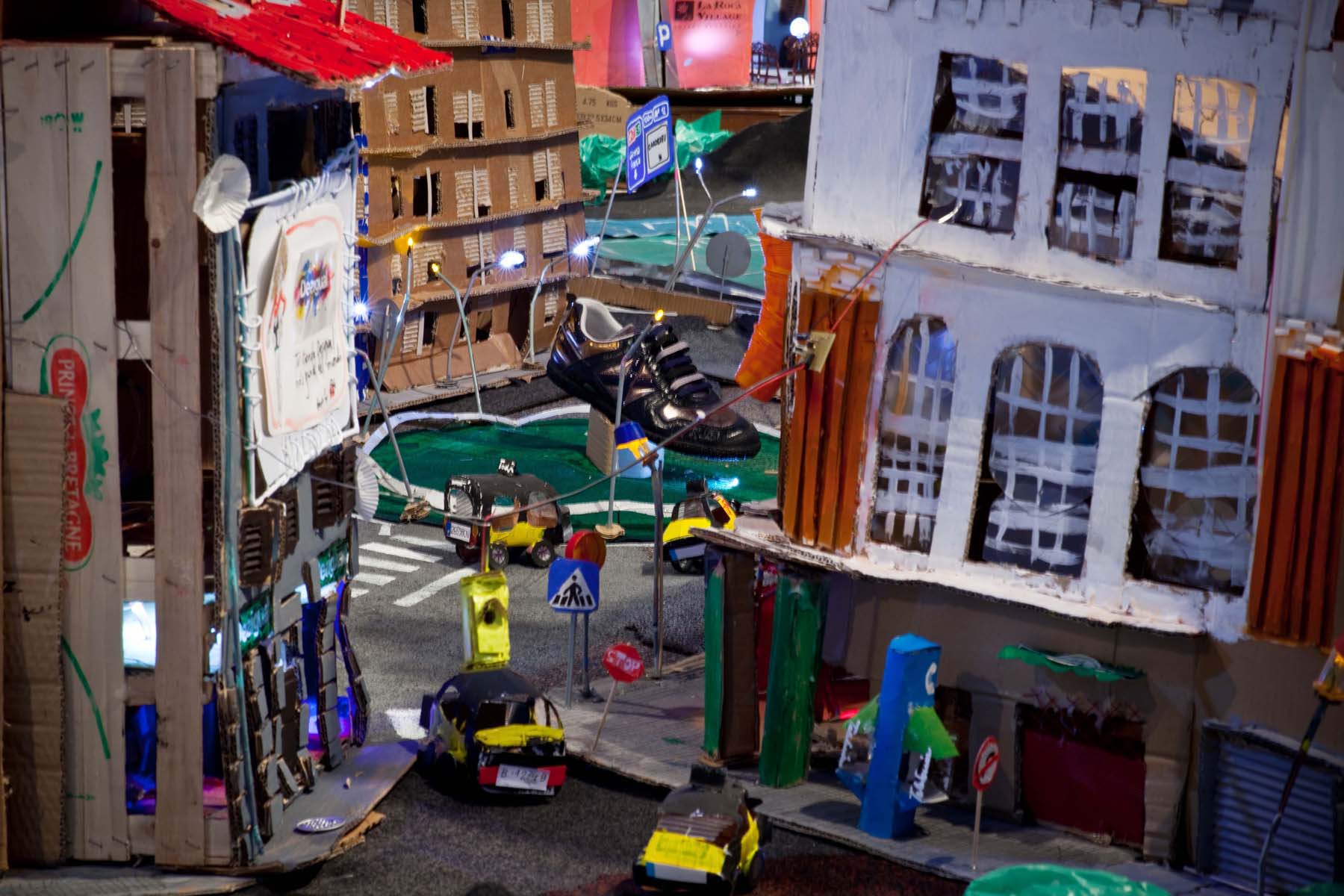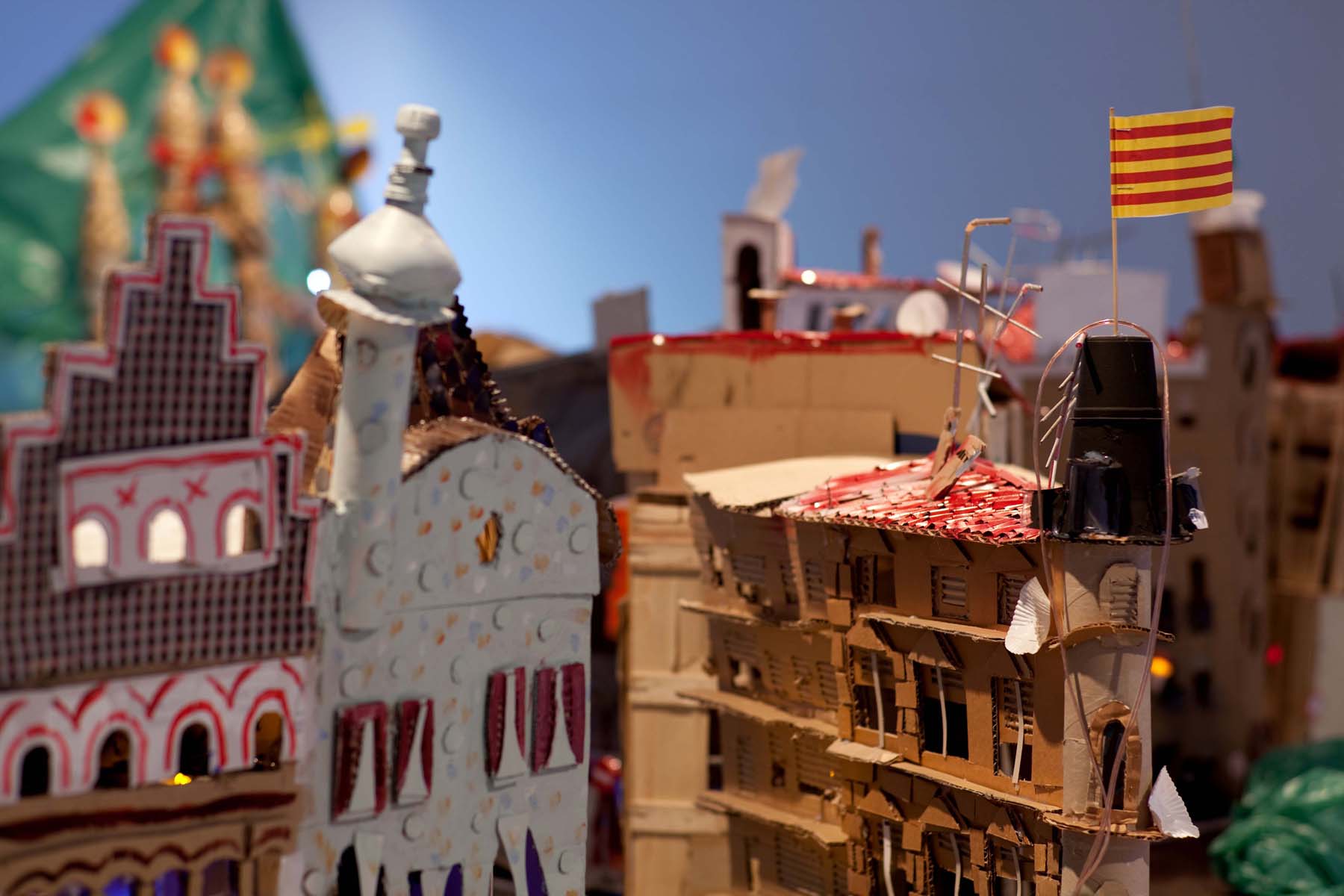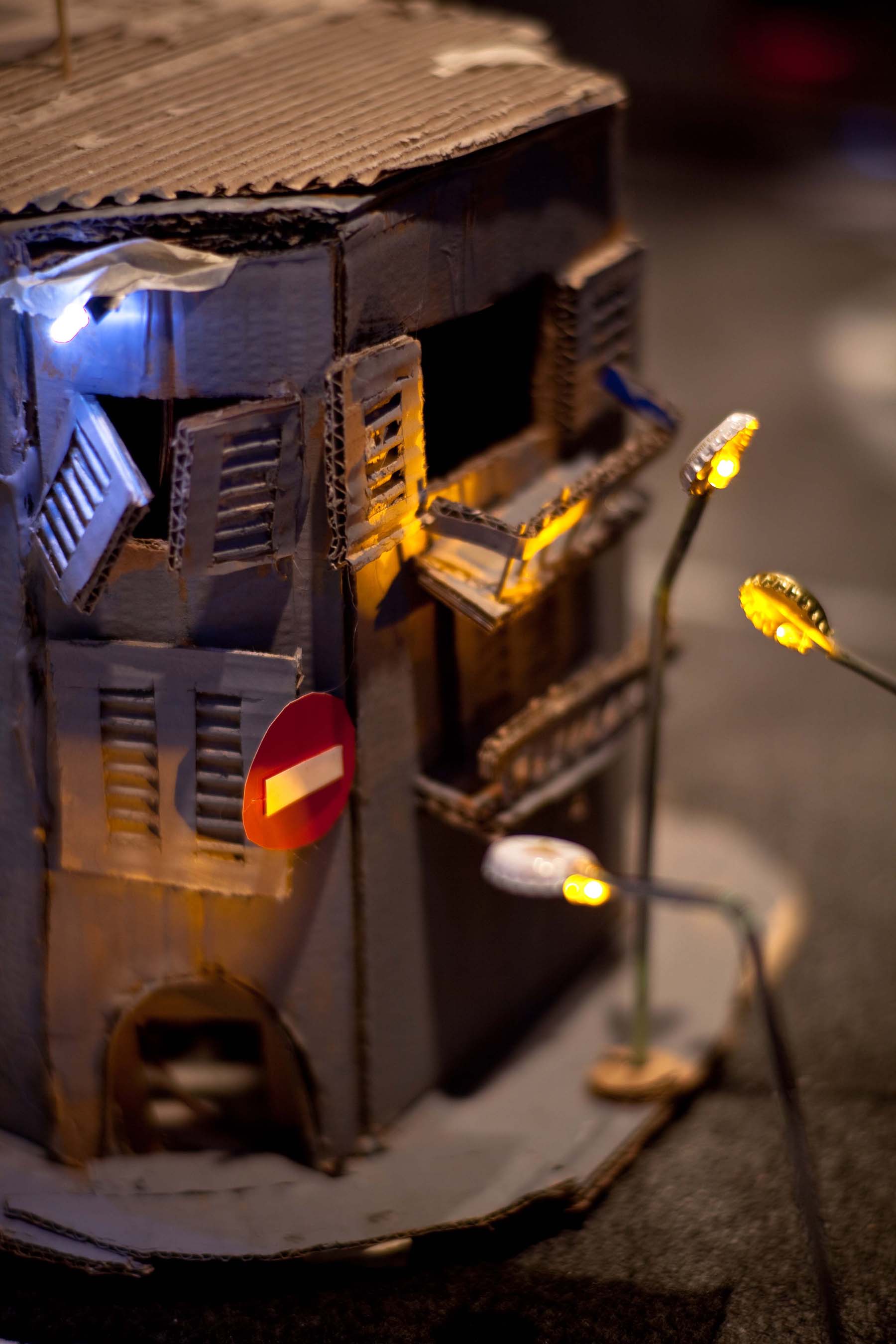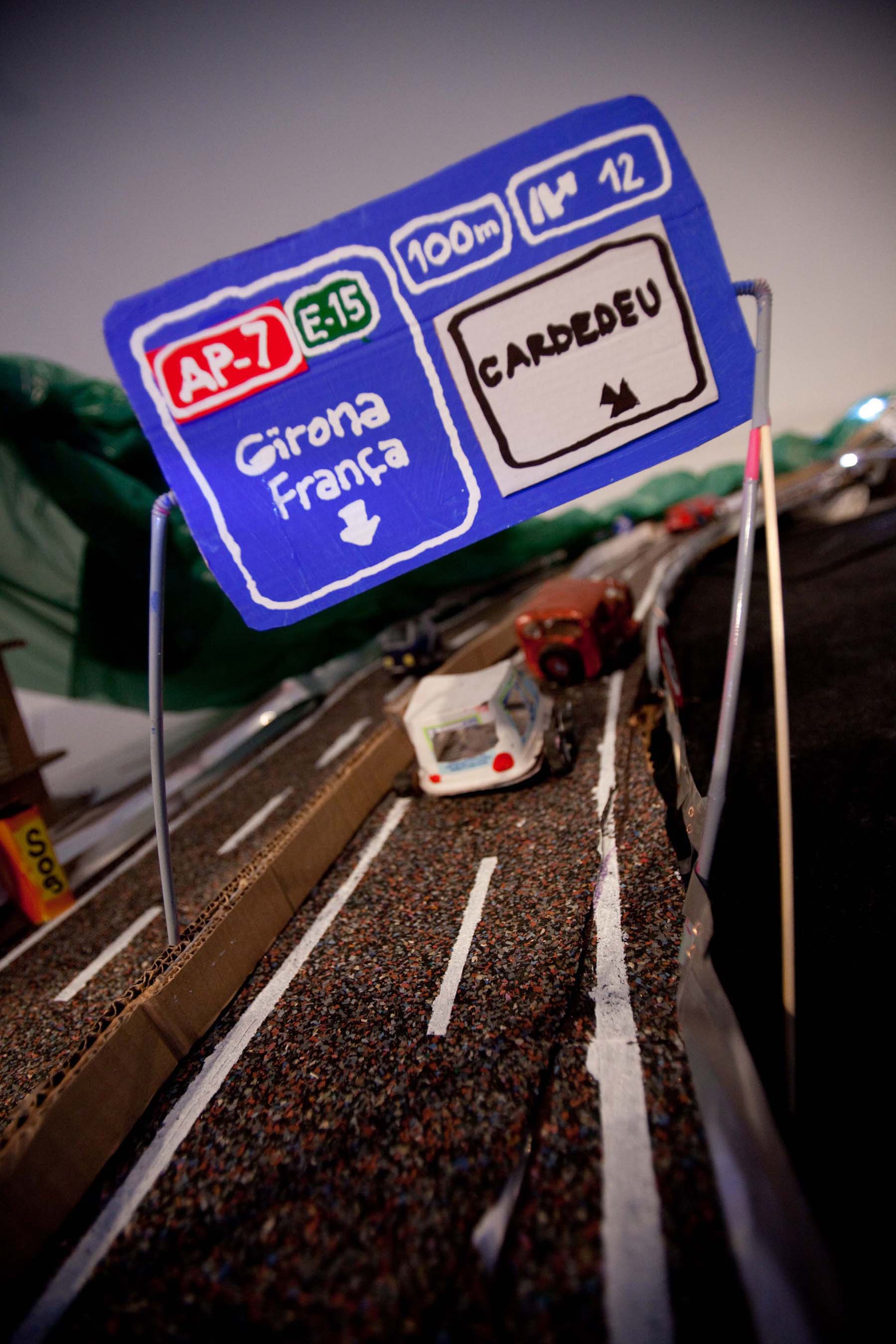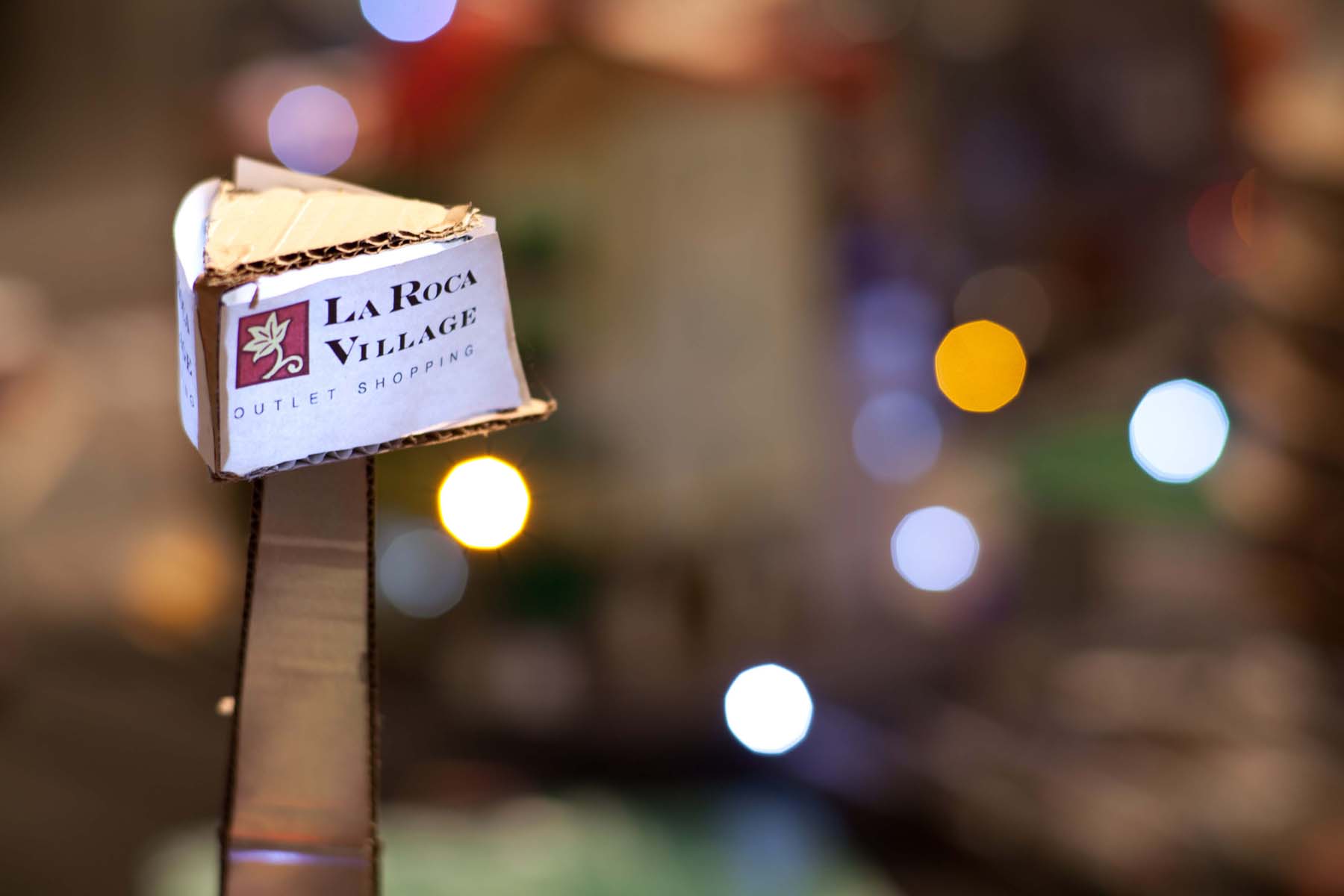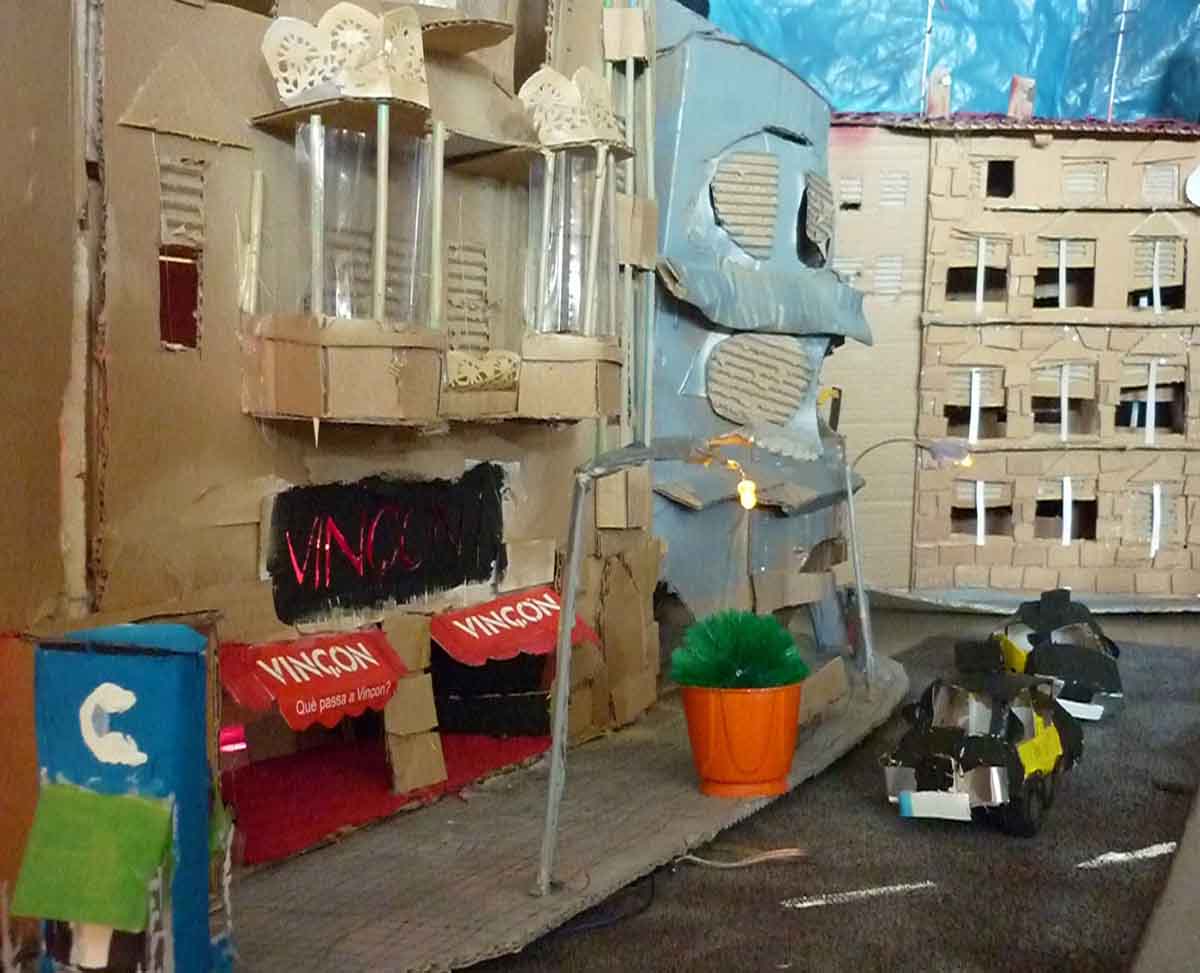
Reusa Barcelona
Valentino Menghi
29/10/09. (Sala 267)
Valentino Menghi, an artist who lives and works in Milán, Italy, will come to Barcelona to create a setting which consists in recreating and reinterpreting the city of Barcelona. The most important avenues, streets and squares, emblematic buildings, the most important landmarks will all form a part, as well as brands, companies and institutions which are clearly identified with this city.
The materials used for this set up exist thanks to recycling, giving it a new lease of life and a new meaning. This particular aspect gives added value and singularity to the project to such a point that it has been a major public attraction in both Milan and Rome, receiving wide press coverage.
The name of the exhibition emphasizes the fact of re-using, not only in cities so that we see them differently but also with materials and in our environment, and in a much more creative way.
The days leading up to the opening, Valentino Menghi will settle in La Sala Vinçon to create his city and the doors will be open to the public during the set up for those who would like to visit the work in progress.
A brief description of the work
To understand Valentino Menghi’s work you have to travel way back to your childhood memories and remember when as a child you could convert any space into a playing space. Every object would suggest a new function different from its own, that way we would improvise fun situations with very little.
Our consumer society has a habit of giving a specific function to an object, we even try to specialize them to make them more attractive to the consumer. It is an unmistakeable vision of reality that inhibits creative faculties that exist in human beings. A perfect union between coincidence and ingenuity allows this intriguing animal evolve from its origin, always escaping with little means, but even today we can define ourselves as a society of ‘service buyers’ to such an extreme point that changing a light bulb is literally impossible. Valentino Menghi’s work suggests to all its potential users to relate to the world that surrounds us in an active and creative way, to look at the world through the eyes of a child whilst developing an individual critical sense but without overwhelming rhetoric linked to the dominant social system.
If it seems to be current interest, the use of waste to carry out works of art, will take us back to Futurismo, Dada, Arte Povera, Minimal Art, Informale materico.
In the 60’s, in that frenzied metropolis of New York, there was a theatre that lived in a passionate cultural climate (or rather countercultural), where artist would find materials to carry out their work. We are talking of artistic recovery and reutilization action which success reached the MOMA in 1961, where Lawrence Alloway acquired the term “Junk Art”. This movement includes contemporary artists such as Chamberlain, Ha Schult, Tim Noble and Sue Webster who together have found their own language. Waste is really the other (tragic) face of merchandise, which has lost the golden aura and perfectly studied selling factor that advertisers have meticulously achieved and who now see the other side, waste in its most sincere and vulnerable form. The idea of making advertising symbols with re-used material, as Menghi does, in the ReUsa Barcelona exhibition is not a simple provocation, but a profound reflection upon the cycle of merchandise, which through this work of art abandons its unmistakeable character to enter a new cycle that challenges the rules placed by society which are ‘use and dispose’.
It’s left for the witty to take advantage and cross the threshold, those who are aware of present ecological issues, to reinvent the dangerous system that dominates our society, where the product and its packaging has a short life cycle. Guido Viale’s perspective on this issue, seeing waste as a resource and not as a burden, may be the way.
May the materials live a long life! This might be the right slogan. And it doesn’t stop here. We have to take it to the next level, unmask its modest origins to make it eternal (because that is art).
